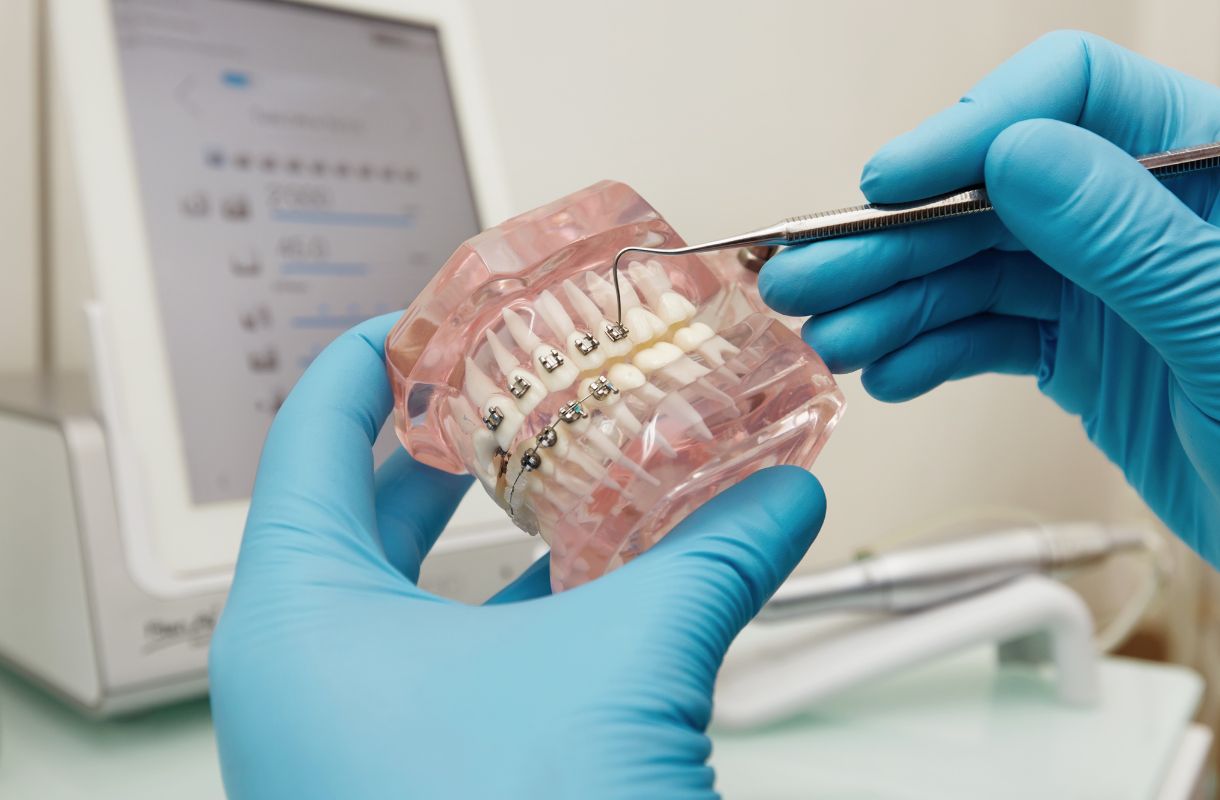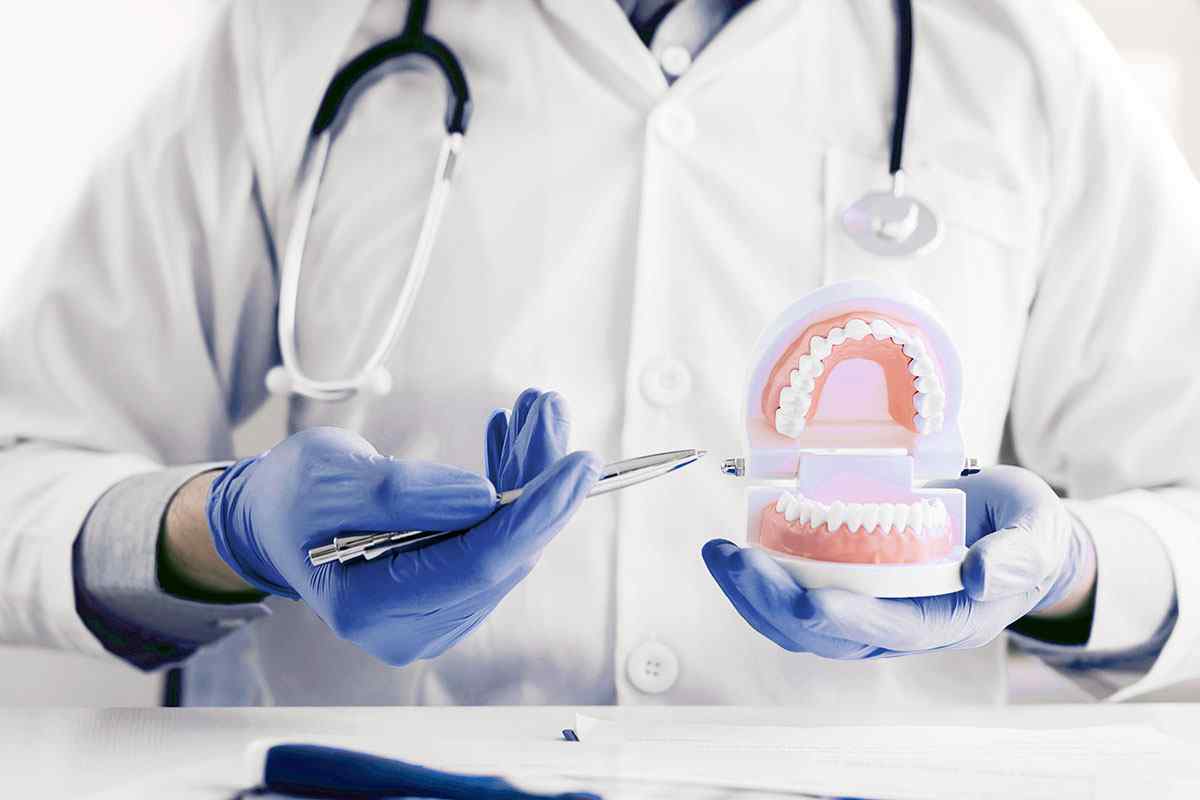What is
Jaw Malocclusion?
Misaligned jaws, also known as jaw malocclusion, occur when the upper and lower jaws do not align properly, leading to various dental and health issues.
This condition can affect a person’s ability to chew, speak, and breathe comfortably, and it may also cause pain and discomfort.
Understanding the causes, symptoms, treatments, and costs associated with jaw misalignment is essential for maintaining good oral health.
Causes of Misaligned Jaws
Several factors can contribute to jaw misalignment:
- Genetics: Many individuals inherit jaw alignment issues from their parents, making genetics a significant factor in jaw malocclusion.
- Childhood Habits: Prolonged thumb sucking, pacifier use, or mouth breathing during childhood can affect the development of the jaw and teeth alignment.
- Injury: Trauma to the jaw or face can lead to misalignment, causing structural changes that affect how the jaws fit together.
- Dental Issues: Missing teeth, overcrowding, or improperly aligned teeth can also contribute to jaw misalignment, as they can alter the bite relationship between the upper and lower jaws.
Symptoms of Misaligned Jaws
Identifying the symptoms of a misaligned jaw is crucial for early intervention. Common signs include:
- Difficulty Chewing: Individuals may experience discomfort or pain while chewing, leading to changes in dietary habits.
- Jaw Pain: Chronic pain in the jaw, neck, or shoulders can indicate misalignment, often exacerbated by clenching or grinding teeth.
- Headaches: Frequent headaches, particularly tension headaches, can be a result of jaw misalignment.
- Facial Asymmetry: Noticeable differences in the appearance of the face, such as uneven jawlines or protruding teeth, can signal alignment issues.
- Clicking or Popping Sounds: Noises when opening or closing the mouth can indicate problems with the temporomandibular joint (TMJ), which connects the jaw to the skull.
Benefits of Correcting Misaligned Jaws
Correcting jaw misalignment offers numerous benefits, including:
- Improved Oral Function: Proper alignment enhances chewing and speaking abilities, reducing discomfort during these activities.
- Pain Relief: Addressing misalignment can alleviate chronic jaw pain, headaches, and discomfort associated with TMJ disorders.
- Enhanced Aesthetics: A well-aligned jaw contributes to a more balanced and attractive facial appearance, boosting self-esteem.
- Preventive Care: Correcting misalignment can prevent further dental issues, such as tooth wear, gum disease, and other complications related to improper bite alignment.
Treatment Options for Misaligned Jaws
The treatment for misaligned jaws depends on the severity of the condition. Here are some common options:
Braces
Braces are one of the most common treatments for jaw misalignment. They consist of brackets and wires that gradually move the teeth into the correct position.
Treatment duration typically ranges from one to three years, depending on the complexity of the case.
Clear Aligners
Clear aligners are a modern alternative to traditional braces. These removable, transparent trays apply gentle pressure to shift teeth into alignment.
They offer a discreet and comfortable option for patients looking to correct their jaw alignment without the visibility of metal braces.
Jaw Surgery
In severe cases of misalignment, orthognathic surgery may be necessary. This surgical procedure repositions the upper or lower jaw to achieve proper alignment and improve function.
Surgery is typically considered when orthodontic treatments alone cannot provide the desired results.
Other Appliances
Additional treatment options may include headgear braces, upper jaw expanders, or reverse pull face masks, which help adjust the position of the jaw and teeth.
These devices are often used in conjunction with braces or aligners to achieve optimal results.
Cost of Treating Misaligned Jaws in India
The cost of treating misaligned jaws in India can vary widely based on the type of treatment, the severity of the misalignment, and the location of the dental clinic. On average, the costs are as follows:
- Braces: The average cost for braces typically ranges from ₹20,000 to ₹3,50,000 depending on the type and complexity of the treatment.
- Clear Aligners: On average, the cost typically ranges from ₹1,50,000 to ₹3,50,000. Additionally, specific treatment options like Invisalign Express and Invisalign Lite may start at lower prices, around ₹75,000 and ₹1,25,000, respectively, while more comprehensive treatments can go higher depending on the number of aligners required and the treatment duration.
- Jaw Surgery: The average cost of jaw surgery in India ranges from ₹85,500 to ₹99,000, depending on the city. However, the overall cost can vary significantly based on factors such as the severity of the jaw misalignment, the type of surgery required, and whether it is performed under local or general anesthesia. In some cases, the cost can range from thousands to lakhs of rupees.
FAQs
What happens if your jaw is out of alignment?
Misalignment can lead to chronic pain, headaches, difficulty chewing, and speech issues, potentially resulting in TMJ disorders over time.
How to straighten a jaw naturally?
Improving posture, practicing relaxation techniques, and doing specific jaw exercises can help promote better alignment naturally.
Do jaw exercises really work?
Yes, jaw exercises can strengthen muscles and improve alignment, reducing discomfort associated with misalignment.
Does chewing gum help the jawline?
Chewing gum can strengthen jaw muscles and may enhance jawline definition, but excessive chewing can lead to fatigue or discomfort.
Is jaw alignment procedure painful?
Pain levels vary; orthodontic treatments may cause mild discomfort, while surgical options can involve more significant pain managed with medication.
Oral and Maxillofacial Surgery
Get In Touch With Us
Call us
+91 9676100045 - Punjagutta
+91 7702425551 - Hitech City
+91 7702425551 - Hitech City
Email us
reception@smiline.com
Book An Appointment
Book a visit to Smiline, simply fill out the form below and we will contact you back regarding the intervention you require.



